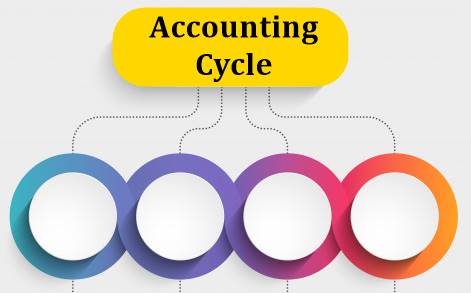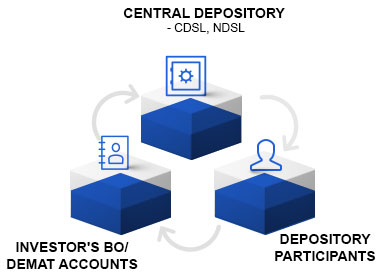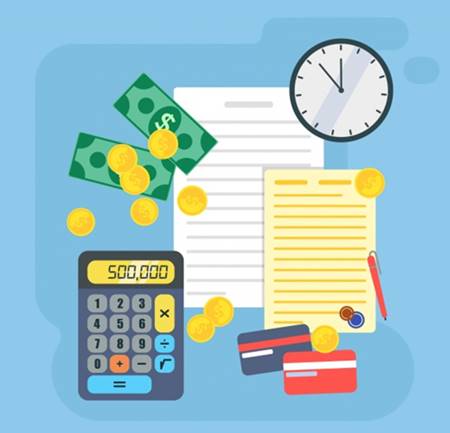Accounting Cycle
What is the Accounting Cycle?
The Accounting cycle is an amalgamative procedure of discovering, evaluating, and recording the events of accounting in a company. This series of steps start whenever a transaction takes place and ends with inclusion in financial statements.

During the accounting cycle, there are additional records used that include trial balance and General Ledger.
Accounting Cycle Vs. Budget Cycle
Generally, the accounting cycle is different than the budget cycle. While the former concentrates on historical events and makes sure incurred transactions are reported; the latter is more related to future operating performance and planning of transactions.
The accounting cycle helps developing information for external users. And, the budget cycle is used for the purpose of internal management.
The Way Accounting Cycle Works
The accounting cycle is a systematic set of rules to make sure there are conformity and preciseness in financial statements. So far, smooth process and computerized systems of the accounting cycle have assisted in decreasing mathematical errors.
In the present scenario, there are several software that can completely automate the accounting cycle, resulting in fewer efforts and errors that may have been more with manual processing.
Steps of the Accounting Cycle
An accounting cycle consists of eight steps. A company can start the accounting cycle by recording transactions with the help of journal entries. These entries are based on the invoice Receipt, sale recognition or completion of economic events.
Once the firm has posted journal entries to specific general ledger accounts, a trial balance, which is unadjusted, gets ready. The trial balance makes sure that total debit is equal to the total credit in the records.
In the end, adjusting entries are prepared. These are generally the correction results. For instance, an adjusting entry might acquire interest revenue that is earned based on the time passage. When an adjusting entry is posted, a company formulates an adjusted trial balance that is followed by a financial statement.
A firm then closes temporary revenues, expenses, and accounts, at the end with the help of closing entries. These entries transfer total Income in retained Earnings. Lastly, a firm prepares the post-closing trial balance to make sure credits and debits are matching.
Talk to our investment specialist
Accounting Cycle Timings
The accounting cycle gets started and finished within an accounting period, which is the time financial statements get prepared. Such periods may vary and are based on different aspects. However, the conventional accounting period type is the annual period.
During this cycle, several transactions get occurred and get recorded. Towards the end of the year, financial statements get prepared. Public firms have to submit these statements within a specific date. Thus, the accounting cycle of these public companies mainly revolves around the time for reporting.
All efforts have been made to ensure the information provided here is accurate. However, no guarantees are made regarding correctness of data. Please verify with scheme information document before making any investment.












